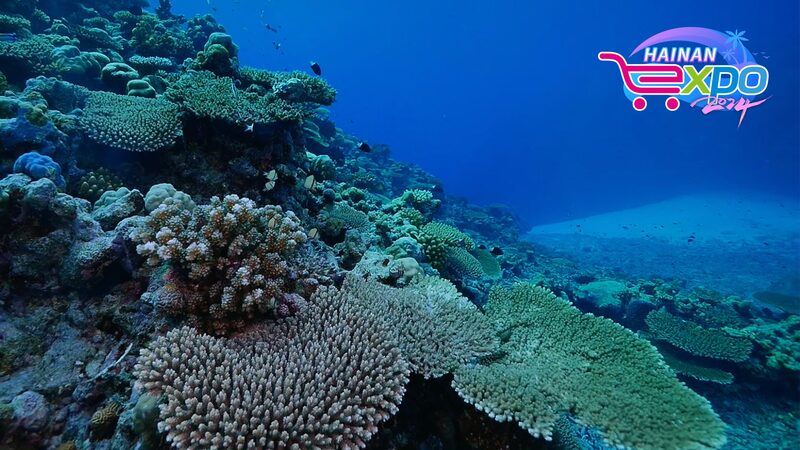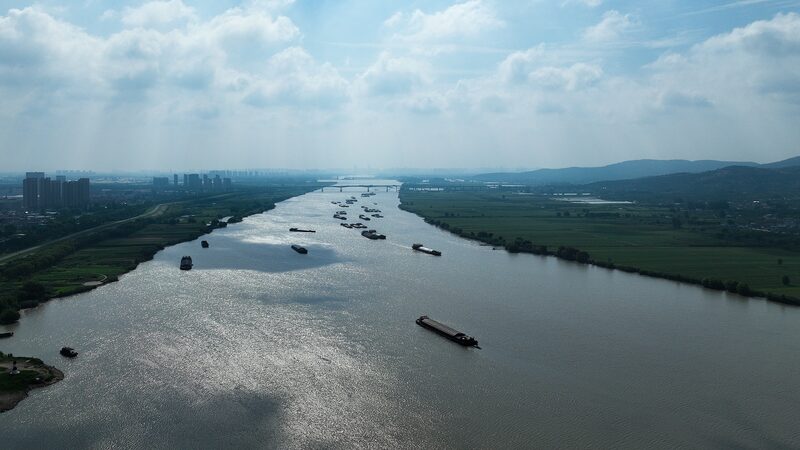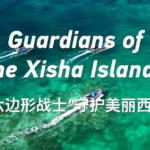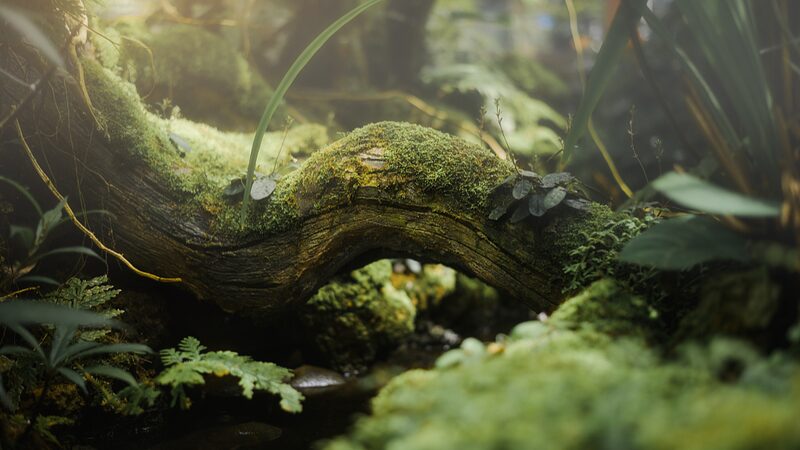China, the largest coastal nation bordering the South China Sea, has made significant strides in marine conservation, leading to remarkable improvements in the region’s biodiversity and ecological health over the past five years.
The South China Sea is a critical hub for marine life, supporting a vast array of species that sustain the livelihoods of millions in the surrounding regions. Recent data indicates that the diversity of phytoplankton, zooplankton, and large benthic organisms in coastal waters has remained stable or even increased, a promising sign for the marine ecosystem.
Expanded monitoring efforts have yielded positive results, particularly around the Xisha Islands, where nearly 50 species of live corals have been identified. Coral coverage in this area has reached 21.5 percent, reflecting a thriving habitat that supports rich marine life. Additionally, about 120 species of reef fish have been recorded, indicating a flourishing coral reef ecosystem that is vital for maintaining biodiversity.
These developments underscore the effectiveness of China’s marine conservation initiatives. By implementing measures to protect and restore marine habitats, China is contributing to the preservation of the South China Sea’s ecological balance. The thriving ecosystems not only benefit the environment but also support the fishing communities and economies that rely on the sea’s natural resources.
As global attention focuses on environmental conservation, the improvements in the South China Sea serve as a model for sustainable marine management. Continued efforts are essential to maintain and enhance the health of these ecosystems for future generations.
Reference(s):
Graphics: Biodiversity and ecological health in the South China Sea
cgtn.com








